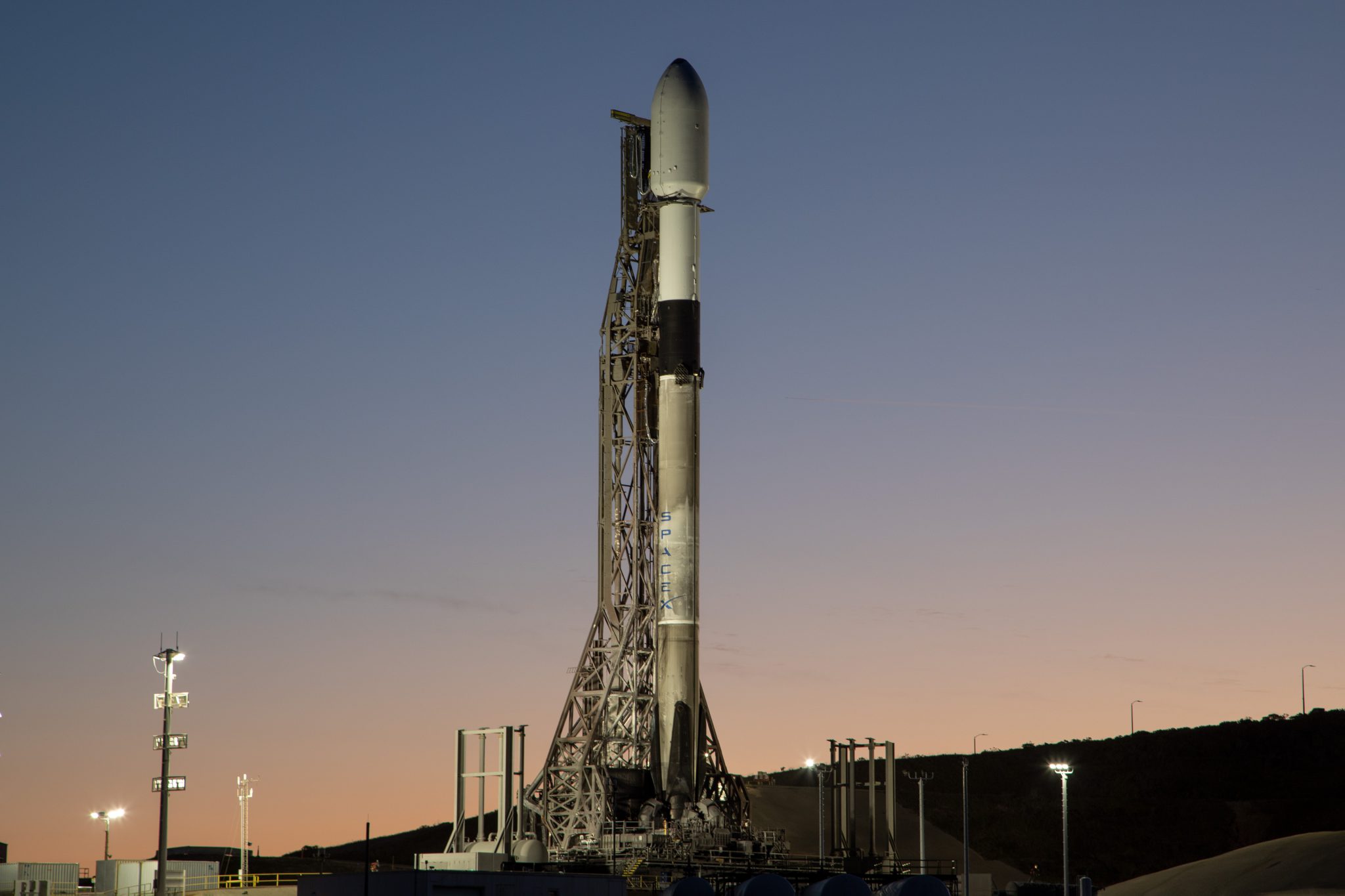
SAN FRANCISCO – The Space Development Agency awarded SpaceRake, a Cambridge, Massachusetts startup, $1.8 million to develop miniature laser communications terminals.
It was the first government contract for SpaceRake, a firm founded in 2021 by Kerri Cahoy, the Massachusetts Institute of Technology Space Telecommunications, Astronomy and Radiation Laboratory director with a Ph.D. in electrical engineering, and Jeremy Wertheimer, former Google vice president engineering with a Ph.D. in artificial intelligence.
Under the two-year direct-to-Phase 2 Small Business Innovation Research award announced Nov. 1, SpaceRake will develop terminals to enable satellites as small as cubesats to transfer data through laser links with the Transport Layer, a global communications network in low Earth orbit being established by SDA, a U.S. Space Force organization.
In recent months, SDA has awarded contracts to Lockheed Martin, Northrop Grumman and York Space Systems to build Transport Layer Tranche 2 satellites equipped with optical and radio-frequency communications terminals.
While SpaceRake terminals are not being developed for “SDA-specific satellites, this miniaturized laser communications technology is going to allow small spacecraft to share data with the Proliferated Warfighter Space Architecture,” Weston Marlow, SpaceRake president and CEO, told SpaceNews.
Proliferated Warfighter Space Architecture is the name SDA adopted in early 2023 for its low-Earth orbit constellation that includes Transport Layer communications satellites and Tracking Layer missile-defense satellites.
Beyond optical terminals, SpaceRake plans to develop “lasercom networking technologies for a wide range of space-based and terrestrial applications,” according to the SpaceRake news release.
SpaceRake aims to “drive down costs and increase adoption of network access in space, enabling new use cases and more data to reach terrestrial end users,” Marlow said in a statement. “We’re changing how the industry communicates in space.”